Final MH17 crash report ‘unsubstantiated, inaccurate,’ new Russian probe says
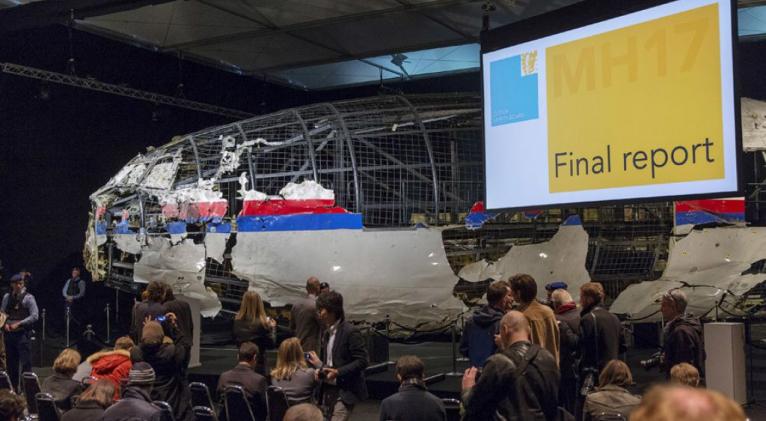
Since the final report, released on October 13, 2015, did not reflect many important facts mentioned by the Russian side, the country’s experts continued their investigation into the reasons for the crash, Oleg Storchevoy, deputy head of Rosaviatsiya, wrote in a letter addressed to leadership of the Dutch Safety Board (DSB).
The Dutch side confirmed on Thursday receiving Storchevoy’s letter and said they would study it and reply as soon as possible.
Flight MH17 crashed in the war-torn Donetsk Region in eastern Ukraine on July 17, 2014, killing all 298 passengers and crew on board.
According to the DSB’s findings, the Boeing 777 was shot down by a Russian-made Buk missile with a 9N314M warhead. However, the Dutch experts were unable to determine which side in the conflict – the Ukrainian government forces or the rebels – was responsible for firing the missile.
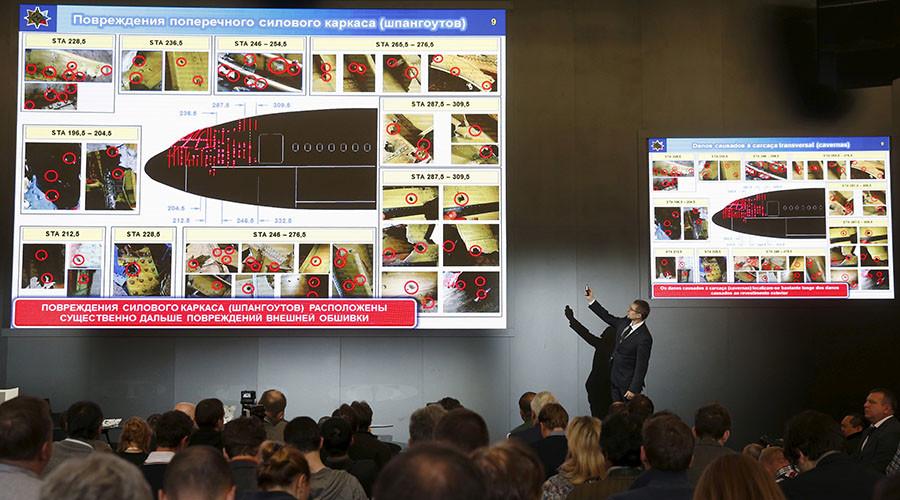
In the letter, the Rosaviatsiya official stresses that the final DSB report “unfairly obscures the issue of liability” for ensuring flight safety over the war-zone in Donbass, “shifting the blame from Ukraine to airlines and international aviation organizations, e.g. the ICAO [International Civil Aviation Organization].”
Kiev should have closed the airspace in the area as soon hostilities broke out between government forces and the rebels in eastern Ukraine in April 2014, the letter says.
The DSB report provides no explanation for Ukraine’s failure to close the airspace over the conflict zone, it adds.
“Thus, the Ukrainian authorities deliberately concealed or distorted information on real threats to the safety of civil flights arising from the military activities… As a result, other states and airlines (including Malaysia Airlines) did not have sufficient official information for making a decision to suspend flights over Ukraine,” Storchevoy writes.
“The statements by US and NATO officials presented in the final report are limited to speculations on whether Russian troops or the Russian Army’s weapons were present in Ukraine,” the letter said, adding that those claims were “not true.”
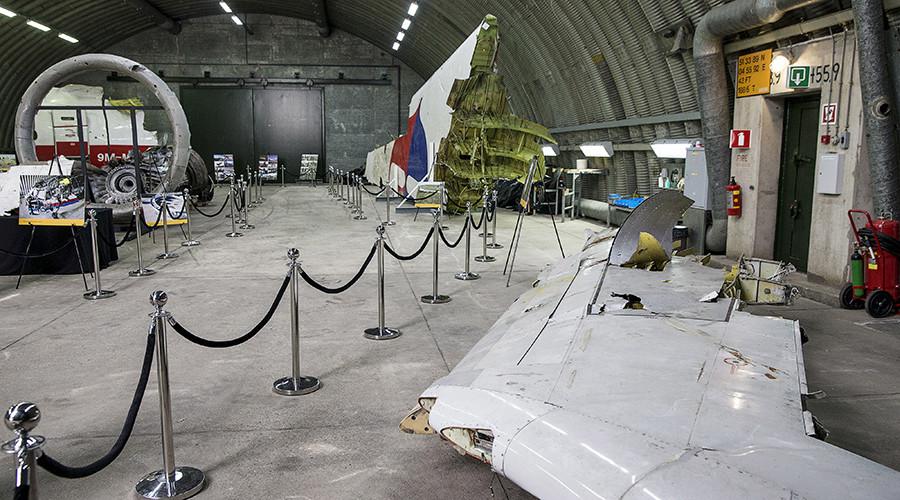
“Even assuming the aircraft was brought down by a Buk surface-to-air missile, the description of fragments provided in the report does not match the strike elements used in the 9N314M warhead,” Storchevoy stresses.
In the DSB’s final report, the shape of the fragments is examined separately from their mass. However, Russian tests revealed that the chemical composition of the shards does not match that of a 9N314M warhead.
Storchevoy also pointed out that the “penetration holes on the aircraft wreckage are not consistent with those normally created by the detonation of a 9N314M warhead.”
In addition, the final report did not mention several fragments of the alleged Buk missile found on the Malaysian plane’s crash site that had been shown by the Dutch experts to their Russian colleagues.
One of them – the Section 3 encasing – “does not match the appearance of fragments of the same encasing normally resulting from the detonation of a 9M38-series (9M38M1) missile,” the letter stressed.
8 things we learned through Dutch report, BUK arms maker on #MH17 crash in Ukraine http://on.rt.com/6tts
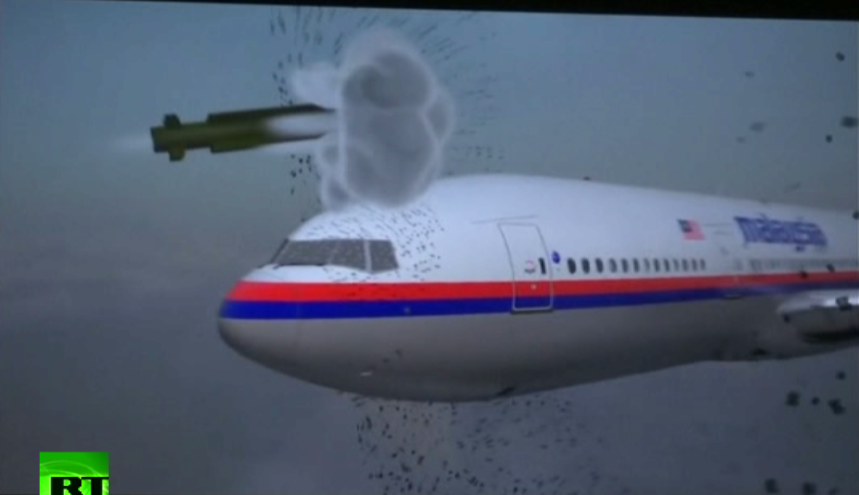
The Dutch investigators said the missile came from somewhere within a 320 square kilometer area within eastern Ukraine, which would mean it couldn’t establish the side of the conflict which had controlled that launch site.
However, a comprehensive experiment conducted by Russian arms producer Almaz-Antey demonstrated that the aircraft could only have been hit by a Buk missile if it had come from the village of Zaroshchenskoye, Storchevoy said.
The letter concludes that the Dutch report is inaccurate and flawed in its reasoning. The evidence the Dutch side cites matches neither the 9N314M warhead, which they believe had caused the crash of MH17, nor any of the 9M38 series of BUK missiles, which the Dutch believe delivered the warhead.
The scenario of how the missile approached its target does not match the fragment spray area of the wreckage, it added.
It also stressed Ukraine’s responsibility to close its airspace to civilian aviation in the area of hostilities in the east of the country, which it failed to observe, and challenged the Dutch report’s assessment that two Ukrainian military aircraft downed before MH17 may have been destroyed by heavy anti-aircraft weapons.






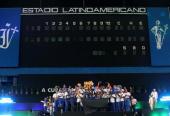
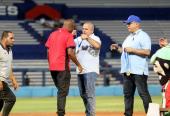


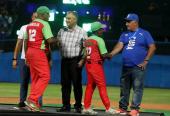


Add new comment